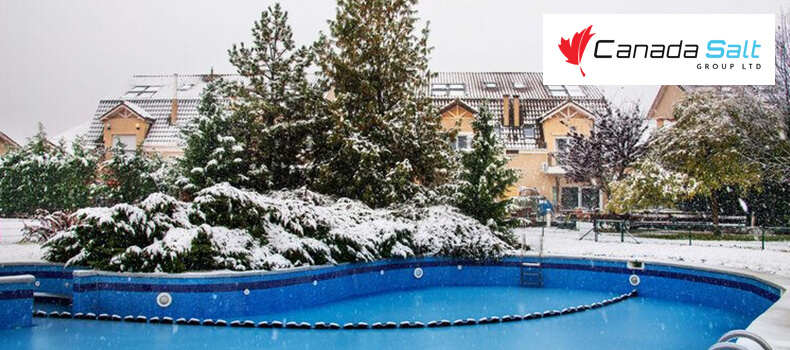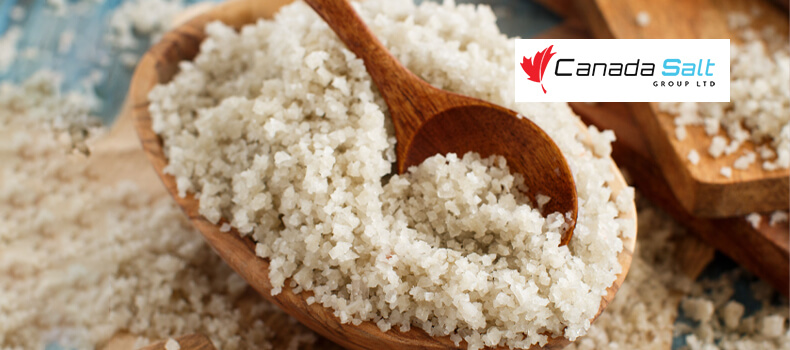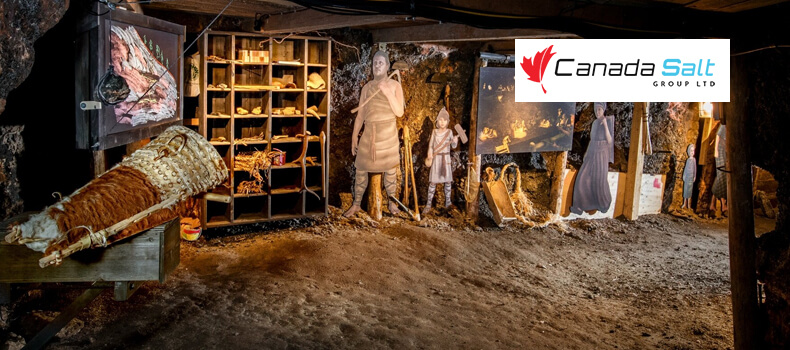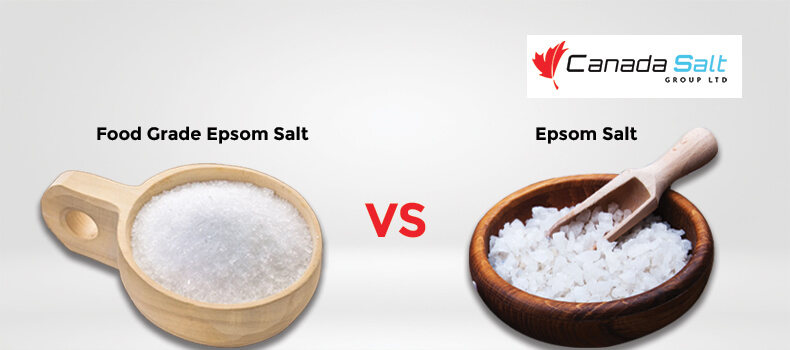How to Winterize a Pool?
When the summer season ends, you need to say goodbye to enjoying the pool, but not to the maintenance tasks to protect it from winter. It is a small effort that you will have to make in order to later save money, work, and time to get the pool ready again the following year.
Wintering consists of carrying out some simple tasks in the pool at the end of the bathing season and during the winter; with them, you make it much easier to start it the following season and help it not deteriorate. Below we explain all the steps you must take on how to winterize a pool in Canada, and we offer you some tips that will be very useful. Take note!
1. Empty the Pool or Not? That’s the Question
It is becoming mandatory to conserve most pool water during the season when it is not used, especially if you use a salt chlorination system. Through this method, you save many liters of water and, consequently, you also save money and contribute to the conservation of the environment. The problem comes when you have to repair the glass and take advantage of it during the hibernation season.
In this case, the most advisable thing is that you take care of the water with maintenance similar to what you do during the bathing season; That way, you don’t need to fill up again, and you’ll have the water ready to enjoy when the heat returns. In this way, the pool shell is also more protected from the water, and damage to the surface coating could occur by reducing the usual pressure exerted by the water on the walls is avoided.
Of course, if you decide to keep the water during the winter, you must lower the water level by about 20 cm so that the glass is not completely full. The level must always be about 5 cm below the skimmer to avoid possible problems.
2. Cleaners for Deep Cleaning
At the end of the bathing season, the water has been accumulating particles and elements from use that must be eliminated. To do this, it is best to use a pool cleaner to prevent dirt deposits that can alter the properties of the water. There are two types: automatic pool cleaners and electric robotic pool cleaners. Choosing one option or another depends on the type of operation of each one. Electric robots have an integrated pump that is connected to the current to work. On the other hand, the manual ones work with a pool pump and must be connected to the pool’s circulation system.
Continuing with cleaning tasks, it is important that you clean and check your pool’s filters and pre-filters with the specific product recommended for each case. The maintenance of the filters extends their useful life and improves the filtration capacity. To do this, you have to remove all the dirt and leave it in perfect condition for use. In addition, you will have to check the condition of the filter material of the general filter in case it needs to be washed or replaced. If your filter is made of sand, you can add a loosening agent to prevent it from compacting. You must also grease the valves and closure joints of the installation properly.
3. Use Products to Check the State of the Water
Apply a specific winterizer in the water at the dose recommended by the manufacturer. Its job is to prevent the damage that dirt, organic matter, algae, or bacteria can cause in the water. The normal thing is to make the first treatment once the season is over and then carry out a couple of more treatments, spaced during the autumn and winter. In any case, the effects of the greenhouse are perishable, so you have to carry out the process as many times as necessary ., according to the manufacturer’s recommendations, for prevention to be effective.
Weather conditions, such as rain, wind, frost, pollution, etc., and the ambient temperature of each area determine the frequency with which you should do the treatment. The environment in which the pool is located is also influenced, with more or less nearby trees, for example, which will require more or less frequent maintenance.
In addition, you must regularly check the pH and chlorine levels in the water to have a real idea of its status. To do this, you can use a series of products for chlorine and water maintenance, such as algaecides, scale removers, cleaners, maintenance kits, or pH regulators. All of them will ensure better maintenance of your pool during the winter months, thus providing you with a better user experience in the summer months.
In relation to this, it is recommended to deposit objects that float on the water: you can do it with floats, drums, or plastic bottles. In this way, possible frosts will not press on the glass, avoiding damage.
4. Protect the Pool with Covers
When you think about How to Winterize a Pool , The most common winter protectors are made of PVC-coated polyester. With them, it is possible to save on chemical treatment and, in addition, they are a safety measure to prevent someone from falling into the water. Winter covers are not the same as summer covers. They are more resistant to being able to collect all the elements that can fall due to the wind and even withstand the transit of a person. In addition, they must be well anchored and tensioned to avoid accidents. There are opaque and filtering covers: the former prevents sunlight from reaching the water, thus preventing the proliferation of algae and other microorganisms; Filters allow light to pass through and are especially useful in areas where it rains or snows a lot. These also allow observing the state of the water.
5. Keep all the Material Well
In addition to the water treatment and cleaning tasks, it is important that everything is well collected and occupies a safe place in order to guarantee its good maintenance.
Cleans protect and condition the room or tank in which the treatment plant is placed. Protect it so that it is not affected by frost or inclement weather, such as rain, wind, snowfall, etc.
Store in an orderly manner and protect the chemical products that you are not going to use and those for cleaning, such as pool cleaners, poles, hoses. Also, protect or store the heaters, whether an electric, heat pump, or solar, according to the recommendations of each case.
Clean, store, protect and store all pool accessories, such as chairs, tables, sun loungers, umbrellas, auxiliary lamps. If you have removable ladders, store them too. If you have showers or hose taps around the pool, they must be protected in case of frost.
6. Start up the Treatment Plant
The pool filter is the main element of the pool filtration system. It serves to purify the water by retaining the impurities found in it. To refill the pool, you must remember that if you have carried out the winter treatment, you will have to fill the water level until it reaches the middle of the skimmer. If you have not winterized, you will have to empty the pool and refill it.
Before use, the first thing is to check that the motor is in good condition and that the pre-filters are free of leaves and debris. Once the pool is full, it is advisable to treat the filter with a cleaning and disinfection product. They usually come in granular format and are thrown into the skimmer (suction mouths on the pool walls). From here, they go directly into the sand and leave it free of germs and dirt. If you have doubts when choosing a model for the pool, we recommend that you look at this article, where we explain how to choose a treatment plant.
Conclusion
Winterizing a pool is important for any Swimming Pool’s health. We hope the above tips are helpful on how to winterize a pool. If you are looking for Pool Salt in Canada, then Contact Canada Salt Group Ltd a reliable pool salt supplier in Canada. Call or Contact us at (866) 321- (7258) to request a Free Quote.





